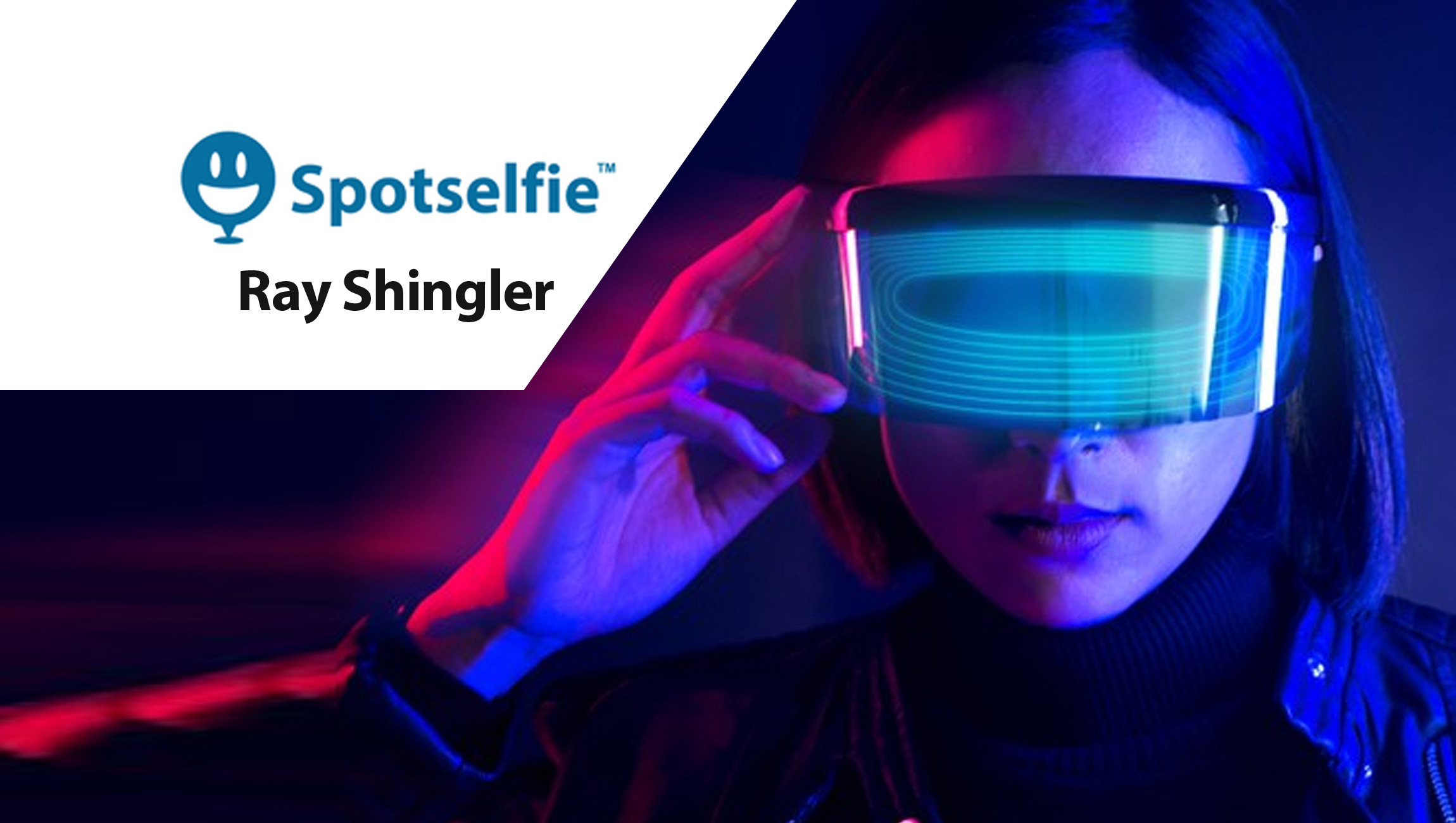As social sharing apps have grown in numbers, investments, and user counts throughout the years since the first platform’s inception, the way that they connect users to one another and now, how they connect them to brands, has inevitably changed as well. In today’s social landscape, users cultivate their own communities which, no matter how big or small, are subject to being influenced by content from other users, brands, and organizations. Looking ahead to the future of these social networks and the apps users choose to create their communities, we can see a few trends emerging:
Marketing Technology News: MarTech Interview with Ramon Kania, Chief Technology Officer at Mitto
Users are the new banner ads
Companies and brands looking to connect with existing and potential customers on social media are faced with a host of options to build a presence — first they need to consider where their customers are spending their time; what apps are they currently using? Are the existing popular platforms sufficient for creating a presence, or are there new apps emerging they need to consider as well to be ahead of the game (and ahead of competitors)? Then, there’s the topic of ads: where to place them, which audiences to target, and the ever-important question, how much budget to spend on them?
In evaluating these options, what many brands neglect to consider is that the traditional options for advertising on social media platforms — paid banner ads and in-feed ads — don’t receive nearly the amount of engagement as user-generated content, posted by everyday people and “micro influencers.” This is especially evident when we look at reports that the overall Instagram engagement rate is 4.7%, the average brand engagement rate is 1.9%, and micro-influencer accounts with under 1,000 followers boast an average 8% engagement rate.
This can largely be attributed to the idea of credibility and authenticity fosters affinity– the more believable and truthful a piece of content seems, the more likely audiences are to engage with it. This extends to brand-created and sponsored content; users across platforms with all different follower counts have the ability to become digital “billboards” by sharing digital branded content that is authentic to their voice and existing online footprint.
Marketing Technology News: MarTech Video Interview With Robert Glazer, Founder And CEO At Acceleration Partners
How can companies use this to their advantage? Partnering with smaller influencers, posting engaging and transparent content to their company page, and developing creative AR activations that encourage users to re-share branded content on a large scale. Globally, consumers are more likely to take the recommendations of their peers and smaller influencers that are highly present and engaged with their audience, over influencers or public figures with massive followings.
With more AR, comes more engagement
Augmented Reality applications within social media platforms are transforming the future of the industry– aligning with the concept that users and small influencers drive high engagement rates. We’ve already seen a number of successful examples of companies using AR to increase brand awareness across platforms, including beauty companies offering virtual try-ons of popular products like with Ulta’s GlamLab, and apps like Pokemon Go getting users out interacting with each other in the real world.
The draw here for brands is that each user on the platform where the AR tech is deployed has the ability to be an ambassador of that brand and get the word out to their network of followers — a much more optimized way to spread brand awareness than simply posting content to brand-owned pages.
Marketing Technology News: MarTech Interview with Dmitri Lisitski, Co-founder and CEO at Influ2



